Green Backed Heron at the Helderberg
This weekend began with me not expecting to be able to get out in the field at all due to the weather forecasts, but on Saturday morning I woke up and looked outside and saw that while it was cloudy, there was far more sun than I was originally expecting. I realized that this may be the only chance I get to head out this weekend and enjoy some birding, so I grabbed my camera and headed to the Dick Dent Bird Sanctuary on the outskirts of Somerset West and Strand.
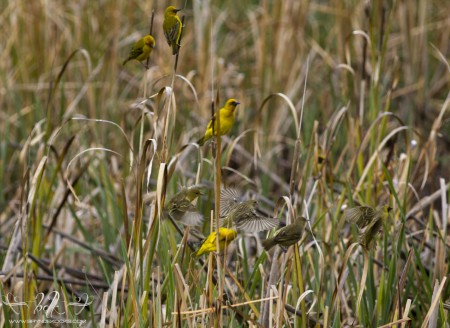
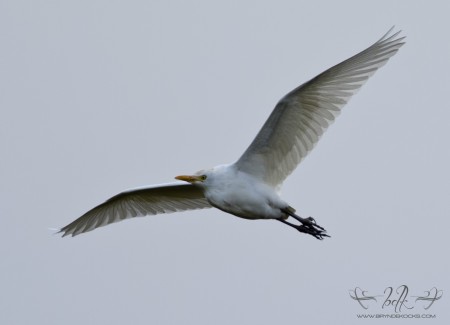
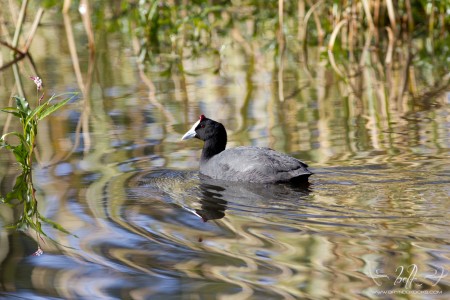
When I arrived there was a bit of rain in the air from some isolated clouds, but light enough to put up with. I immediately noted the water levels have started the rise, and with the water have come much more water birds. On the first pond there were several Red-Knobbed Coots and Common Moorhens. The second pond was teeming with hundreds of weavers, both Cape Weavers and Southern Masked Weavers – I have never seen so many in a single area before. Next I came across some Yellow-Billed Ducks and an African Spoonbill, as well as a few other common species. I circled around the sanctuary and headed back towards my car, coming across a group of low flying Alpine Swifts, the second such encounter this week, then I noticed a larger bird hovering in the distance and noted that it was a Black Shouldered Kite, likely the same Black Shouldered Kite I had encountered here just a few weeks ago. After waiting a few minutes the Kite then came towards me and perched on a near-by tree, before taking flight again and hovering over one of the ponds for a while. I wasn’t expecting much at all and was more than happy to have gotten a raptor during my short visit.
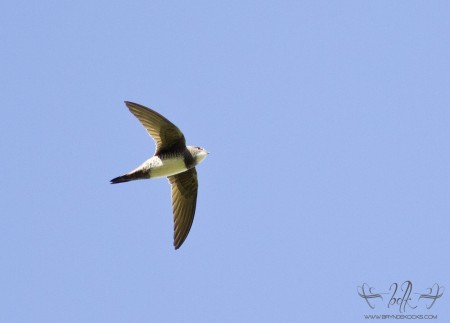
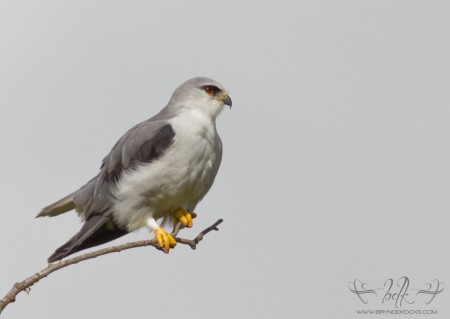
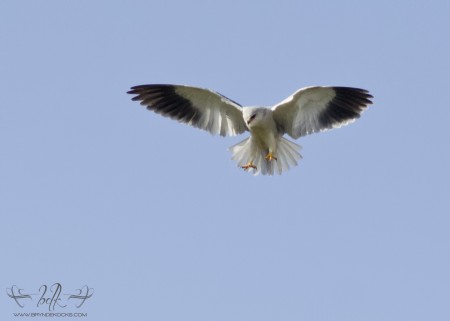
On the way back to the car it started raining quite hard, so I turned the walk into a run and headed back towards home but the rain abated a bit as I got closer to the Helderberg, so I figured it wouldn’t hurt to pop in to the Helderberg Nature Reserve and see if there was anything interesting going on… In retrospect, a decision I am extremely glad I made. Upon heading to the pond by the restaurant the first bird I see is a medium sized inland water bird which was standing still on the edge of the reeds, I quickly grab some shots thinking it may be a Little Bitten, a species I have been trying to get for some time, it was shy though and kept flying to the other side of the pond when I would get even remotely close. I then headed home and checked my bird guide only to notice that my original ID was wrong and that this in fact looked like something much rarer – An immature Green Backed Heron, something that was later confirmed by Trevor Hardaker. I made a facebook post as to my sighting in the hopes that others in the area may see it and maybe be able to add the bird to their provincial lists, it wasn’t long before Somerset West resident Neal Cooper responded to the post, stating that he would be on his way immediately. I suggested that I meet him there and try show him where I last saw the bird, it wasn’t long before he arrived at the reserve and we got set on finding the Green-Backed Heron but things weren’t looking good in the beginning, the bird was no longer where it was perched when I left earlier and we couldn’t see it anywhere on the skirts of the pond. We walked around and eventually it showed itself again for a mere few seconds as it took flight out from the reeds in the center island, moving around to the other side of the pond, to what appeared to be into the reeds again on the center island. We continued to search for the bird for another 30 minutes or so but it was clearly happy in being concealed within the reeds.
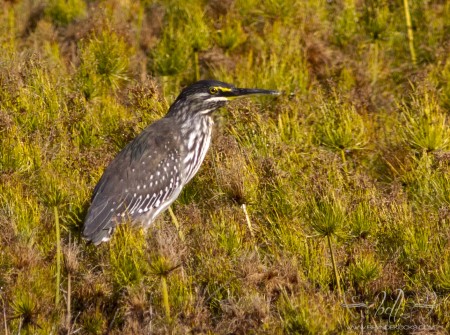
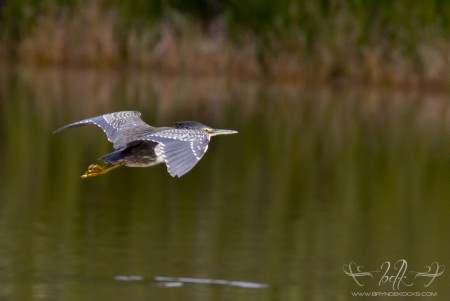
While waiting and searching for the heron, another bird of interest made itself visible in the face distance, off to the west was an African Fish Eagle, a species that while I’ve encountered twice at the reserve before, I had never seen in adult plumage as this one was. Now standing at 2 raptors and a provincial rarity in a couple hours on a day that was supposed to be rained out I was extremely pleased.
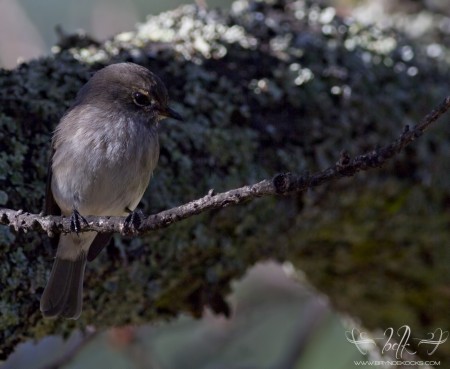
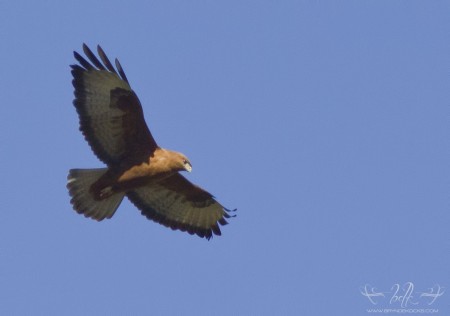
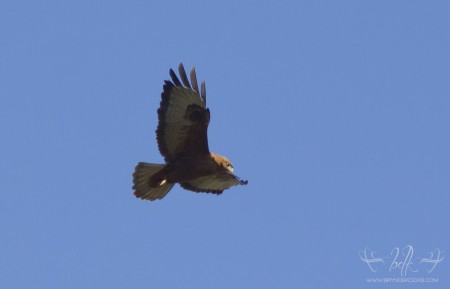
Neal and I then headed through to the hiking paths, an area which offers a variety of nectar feeders – Malachite, Amethyst, Orange-Breasted and Southern Double Collared Sunbirds – as well as the prevalent Cape Sugarbird. We then looped through and made another stop at the pond, hoping that the Heron was showing, but still no sign of it. After another lengthy wait for it to come out of the reeds we decided to move on and give it some more time, Neal wanted to try shoot some Swee Waxbill’s so I took him to an area which is usually teeming with them, but it appears as though they weren’t liking the cold weather as much as the other species and the area where they usually are found. My regular ‘raptor watch’ of looking into the skies above, as I do almost every 2 minutes then brought something much better than Waxbills to our attention, one of the Cape ‘Mystery Buzzards’ which I have encountered several times at the reserve and have never known what to class it as. The rufous belly and chest lead one to think it could possibly be an immature Jackal Buzzard, but that idea was thrown off by the very white tail feathers underneath, combined with the fact that the rufous colouring is very uniform. We scurried from under the trees to get a good view of it as it dashed down at extreme pace and then perched in the tree in front of us. The day just kept getting better and better!
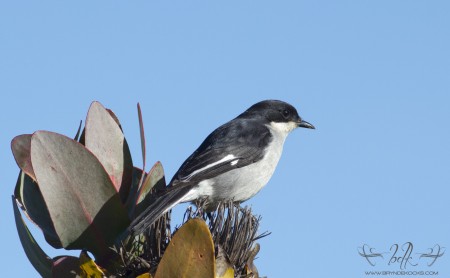
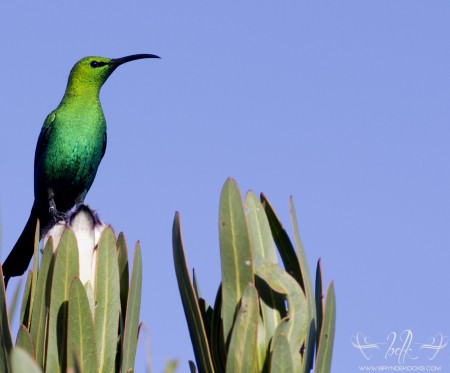
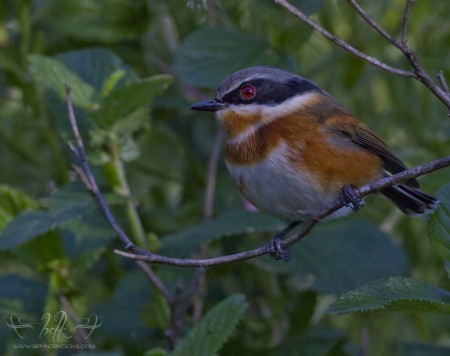
We then moved on and took the path along the one forest where I had seen the Rock Kestrel just a couple days before, moving then onto the paths which lead back to the pond. On the way back we encountered numerous Malachite Sunbirds in breeding plumage as well as a male Cape Batis, another species Neal was looking to get a good shot of, though he was mainly playing hide and seek with us.
As we emerged onto the wooden path, another scan of the skies showed another raptor! A Rufous-Breasted Sparrowhawk flying overhead, a species that I have only seen at the reserve once before! And with the last shot, my camera battery died… The day brought more than I ever could have hoped and never again will I assume that just before it may be rainy and cold that the birds won’t show. It was an excellent day, and it feels great to know that I came across a rare species on my own luck! I’m hoping that the bird is showing more tomorrow, and that my small little home reserve can get some more visitors!
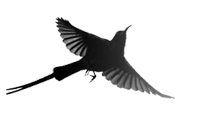

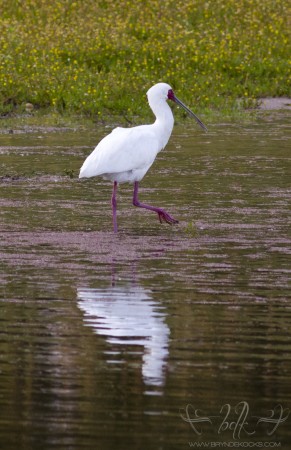
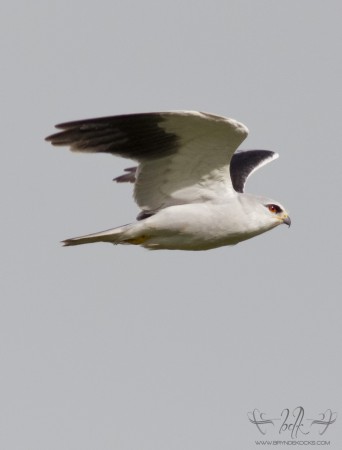
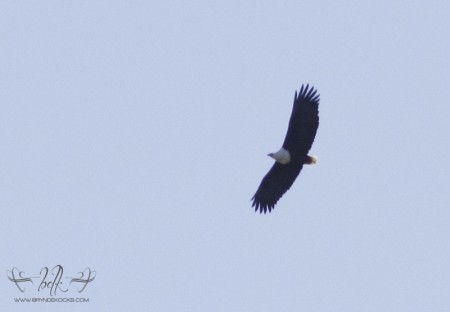
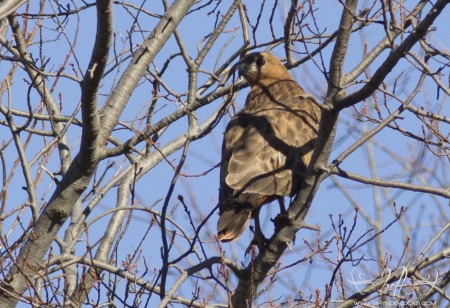
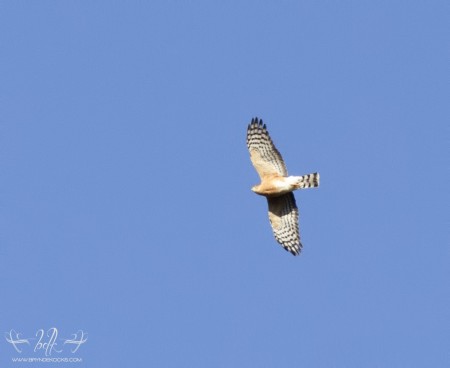
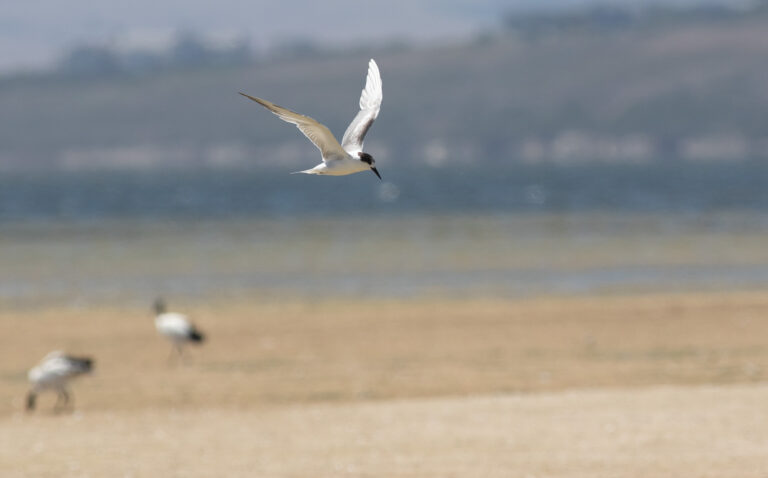

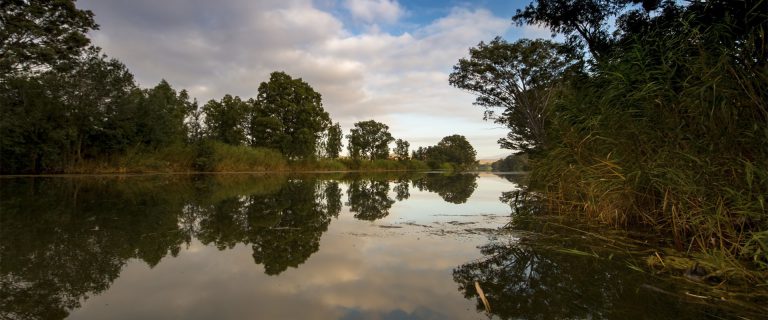


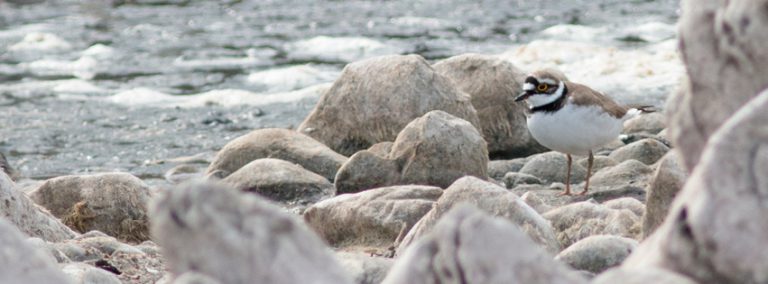
Great going Bryn. Please mail me directions to Helderberg Nature reserve from Bergvliedt. Would love to go do some bird watching/photography there.
Regards
Wolfgang Rohloff
Diep River
Looking at your lovely picture of an immature Green-backed Heron (2012) confirmed my recent sighting of a similar bird on a pond at the farm Anysbos on the Swartriver Road (Caledon district) on 17 April. Unfortunately I had left my camera at home and co-incidentally my internet went down the same day and has only just been restored, AND I was leaving for Stilbaai with the Hermanus Bird Club the next day for a few days. I could not get back there until Sunday 24th but there was no sign of the bird. Sod’s law!
But I am certain of my ID – that very clear yellow cere is most distinctive and it was too small and dark to be a juvenile Black-Crowned Night-Heron.